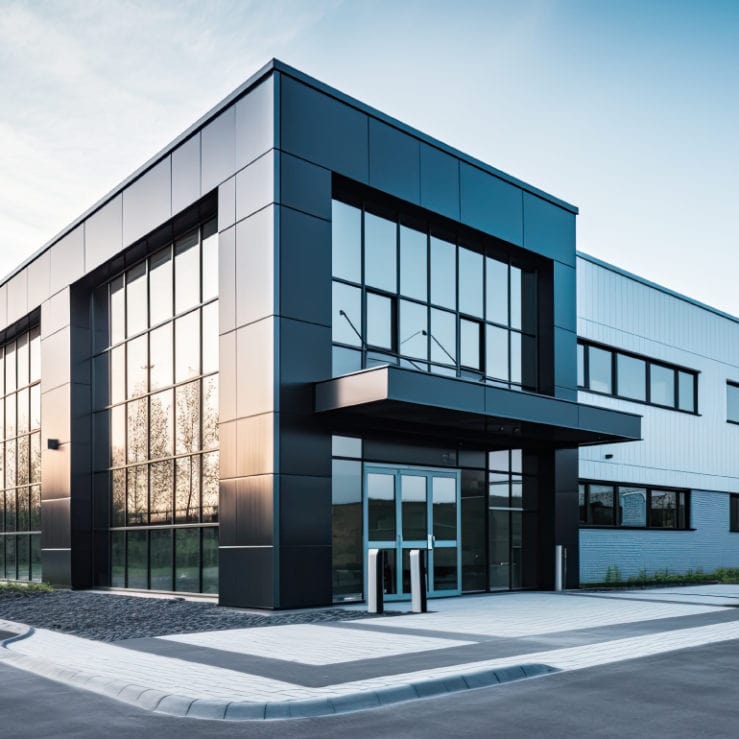When was the last time you had a Fire Risk Assessment (FRA) carried out on your building?
It’s a critical question, because an FRA is not a one-off exercise. Changes to a commercial building’s layout, use, and even fixtures and fittings can cause an existing FRA to become outdated and non-compliant – and both you and your building are then on the wrong side of the law.
This is something our expert team here at Commercial Fire Protection comes across time and again – and as we explore in this blog, it’s often the smallest changes that can potentially have the biggest impact on your building’s fire safety compliance.
Changes to your building’s layout
Internal changes to a building as part of a refurbishment, extension, adding air-conditioning, or the creation of additional office or work space, often involve removing or repositioning elements such as fire-resistant partition walls, ceilings, and fire doors.
But these elements play a crucial role in compartmentation – the ability to contain fire, smoke, and hot gases, and stop them from spreading – and also help protect escape routes. Consequently, all sorts of fire safety risks can arise from ill-advised changes to them.
Compartment sizes are strictly controlled to offer a specific duration of fire protection, measured in minutes. Creating larger compartments (for example, to extend an office, workshop, or meeting room) can increase airflow, which will cause fire to burn more fiercely and spread more quickly. So any changes to a compartment means that it will no longer deliver the duration of protection your Fire Emergency Evacuation Plan (FEEP) is based on.
Likewise, moving fire-resistant partitions next to non-fire-resistant compartments can be disastrous. The high temperature of the partition’s outside surface can ignite surrounding materials, even if the flames have been contained! These seemingly small changes have a big impact on your fire protection and safety.
Changes to your building’s use
Equally, if you change the use of your building, this can often introduce new risks and changes in the materials or procedures associated with them.
A relatively minor change of use that involves, say, the presence of flammable chemicals or substances where previously there were none, or a new source of potential ignition, such as hot electrical equipment, would certainly trigger the need for a new FRA.
And with a rising trend in changing a building’s use entirely from commercial to residential, since the amendments to Permitted Development rights came into effect on 5th March this year, the need for a new FRA is more widespread than ever before.
Changes to fixtures and fittings
We mentioned above that small changes to buildings are often those that present the greatest fire safety risk, and this is true of even the most basic fixtures and fittings procedures.
Holes drilled through a fire-resistant partition wall to route cabling, or to hang a screen or monitor, for example – if not properly sealed with fire stopping – render that partition (and the compartment it forms a part of) instantly non-compliant. The holes will let both flames and gases through.
In the same way, fittings like electrical and phone sockets and thermostats can also compromise the integrity of a fire-resistant partition and cause it to become non-compliant. Larger apertures, to accommodate services like pipes or air conditioning ducting, present a correspondingly greater risk.
Consider how many times a typical commercial building undergoes these kinds of developments over its lifetime, and the scale of the rising fire risk soon becomes clear.
Keep on top of your fire risk changes
Knowing how fire risk changes in buildings over time requires knowledge of both construction method and fire protection. With extensive experience in both, our team is ideally placed to help you review and update your building’s FRA.
Our people are qualified, accredited, and certified to keep your FRA ahead of the curve – and your building on the right side of the law.
Want to find out more? Contact us for a FREE initial site visit and get a FREE online Fire Risk Assessment quote here




